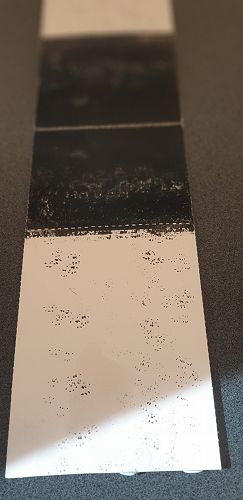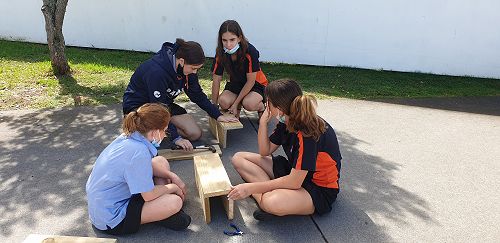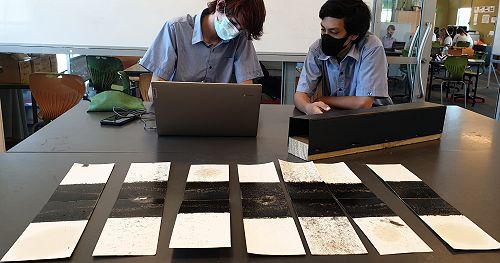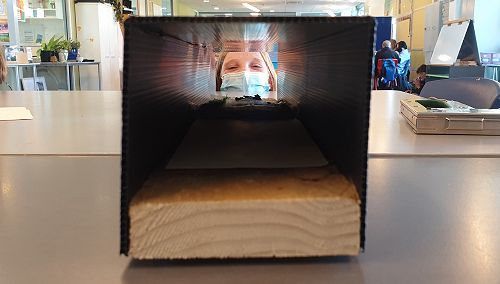
Predator Free 2050
Some of our UMS science classes have been learning about ecology in the context of our native birds and introduced mammalian species. They learnt how to detect and trap pests species.
“We learned about what conservation groups were doing in New Zealand and the tools they used such as chew cards and wax tags” writes Navraj Aujla (Y10 Moana).
Chews cards and wax tags are tools used to detect the activity of pest species by analysing bite marks - this can be done by comparing bite impressions to the shapes and sizes of teeth in replica predator skulls.
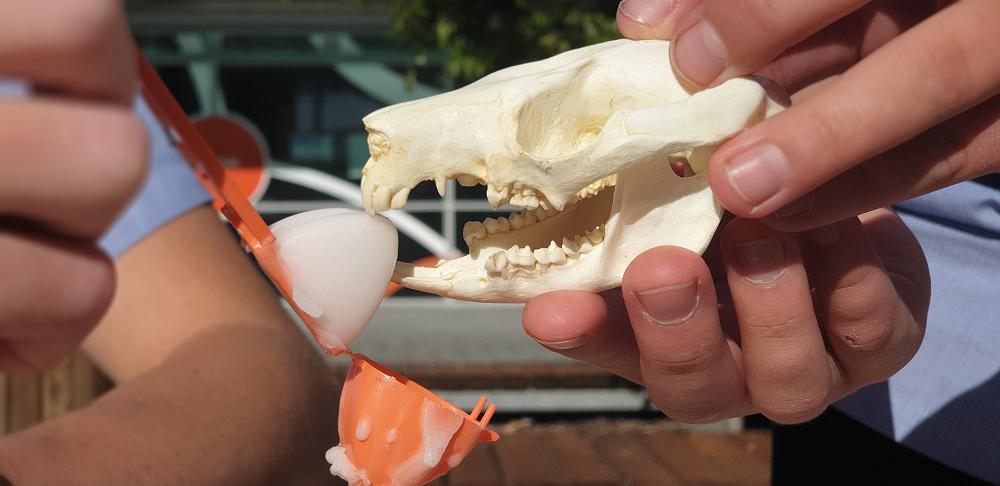
Another way of detecting and tracking pests is by looking for footprints. Teacher Mr Soh, who volunteers with his partner Vicki for Kaharoa Kōkako Trust, showed video footage of how this was done in conservation areas. Students built their own tracking tunnels, applied their own peanut butter lure and set up their own ink cards over 1-2 nights around the school.
In a group assignment on pest management, Moana students Stella Prescott and Brooke Arnold found that
"Four of the seven tracking tunnels [placed around the school] had mice footprints. We didn’t get any rats. The area that got the most footprints was the bush in front of the school - that’s because no one goes out there”.
Students in Wairere also repeated this task, Amy Eason concluded:
“Some areas of the school have more pest activity than others”
while Gurkirat Nijar and Hamaika Banbury concluded:
“I think [the college] needs to buy mouse traps”.
The footprints on student’s ink cards were also confirmed by Graeme, chairperson of Kaharoa Kōkako Trust, “Looks like lots of mouse prints”.
Thanks to Mitre10 Pāpāmoa, Predator Free Bay of Plenty and the Department of Conservation, students in Wairere and Moana were supplied with timber, traps and designs to construct their own rat trap boxes. According to their website, Predator Free Bay of Plenty is aiming to get one rat trap in every 5th backyard. To date, a dozen traps and trap boxes have gone home.
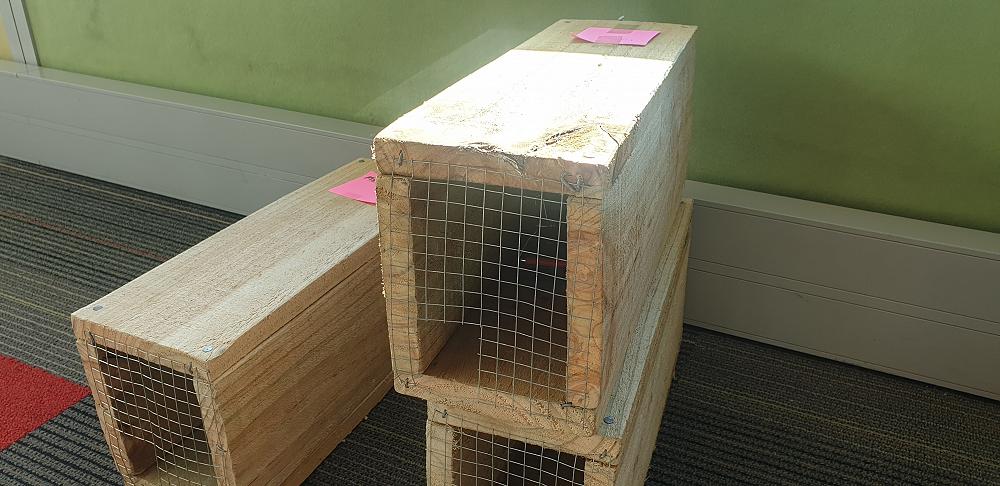
In an end-of-topic survey consisting of 50 student responses, half the students felt that they now had the skills necessary to start conservation at home and almost three-quarters of the students felt that their understanding of kaitiakitanga and mauri in the context of conservation had increased.
Gallery
